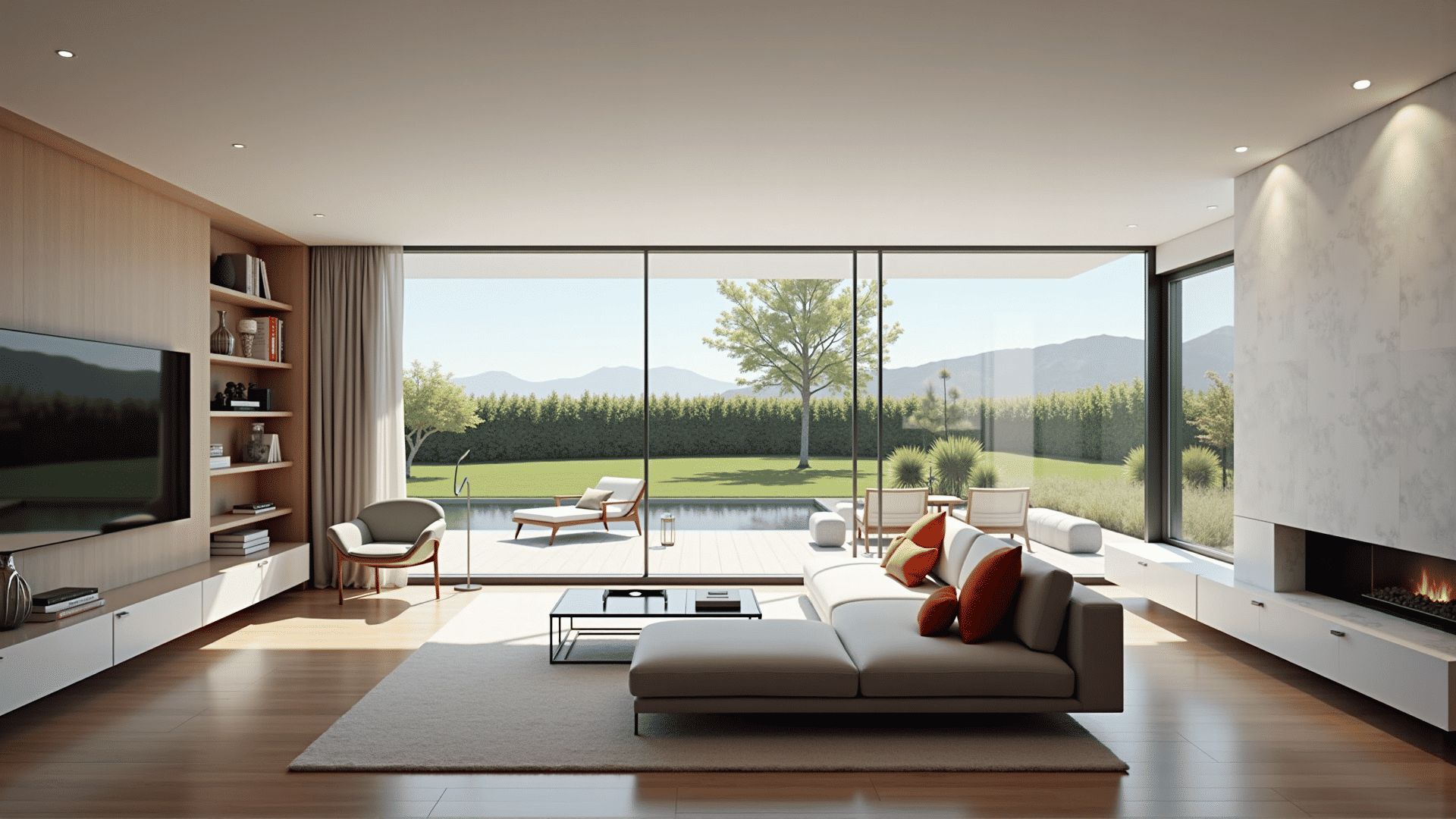In the ever-evolving world of architecture and interior design, the concept of innovative styles now encompasses more than just aesthetics; it blends style with functionality. The modern home is no longer merely a place to reside, but a canvas for creative expression, technological integration, and sustainable living. Innovative designs have emerged as a beacon, showcasing how homes can set new standards in modern living while catering to the diverse needs of today's homeowners.
First and foremost, modern design leans heavily on the integration of smart technology within the household. With the rapid advancement of the Internet of Things, our homes can seamlessly interconnect devices, providing unprecedented control and efficiency. Home automation systems now allow homeowners to manage everything from lighting and temperature to security and entertainment, all from the convenience of a smartphone or tablet. This fusion of technology and design ensures a living space that is not only more functional but also caters to the environmentally-conscious individual by optimizing energy use.
Moreover, innovative design in modern living spaces emphasizes adaptability. The concept of multi-functional spaces is gaining momentum, particularly in urban environments where space is at a premium. Designers are reimagining rooms to serve multiple purposes – a home office by day can transform into a cozy guest room by night. Furniture items are being crafted to adapt, such as foldable desks, wall-mounted beds, and modular sofas, allowing for a dynamic use of space that reflects the changing daily needs of its occupants.
Sustainability is another core tenet of cutting-edge home design. With growing awareness and necessity for environmentally friendly practices, designers are incorporating sustainable materials and building techniques. From reclaimed wood to recycled glass, the palette of materials available for eco-conscious homes is expanding. Additionally, green roofs, solar panels, and advanced insulation are becoming standard features aimed at reducing the carbon footprint of modern dwellings. These sustainable designs not only contribute to environmental preservation but also enhance overall living conditions, offering long-term financial savings through reduced utility costs.
Aesthetics remain vital, yet they have evolved to embrace minimalism and clean lines. The "less is more" philosophy finds expression in open floor plans that promote natural light and indoor-outdoor living. Large windows, sliding glass doors, and strategic placement of mirrors enhance the sense of spaciousness and connectivity with nature. Color schemes have shifted towards neutral tones with sporadic pops of color, creating a timeless elegance that maintains warmth and comfort.
In addition, personalization is a key aspect of these innovative home designs. In today's fast-paced world, homeowners seek spaces that reflect their personality and lifestyle. As such, designers are creating bespoke features tailored to individual preferences, whether that involves custom cabinetry, personalized art installations, or uniquely designed communal areas.
In conclusion, the integration of cutting-edge designs into homes is redefining modern living standards. By blending style with functionality, these innovative homes are more than just residences; they are reflections of personal values and forward-thinking lifestyles. As technology continues to advance and environmental concerns escalate, the influence and necessity of innovative designs in the architectural landscape will undoubtedly continue to grow, shaping the future of how we live and interact with our surroundings.
